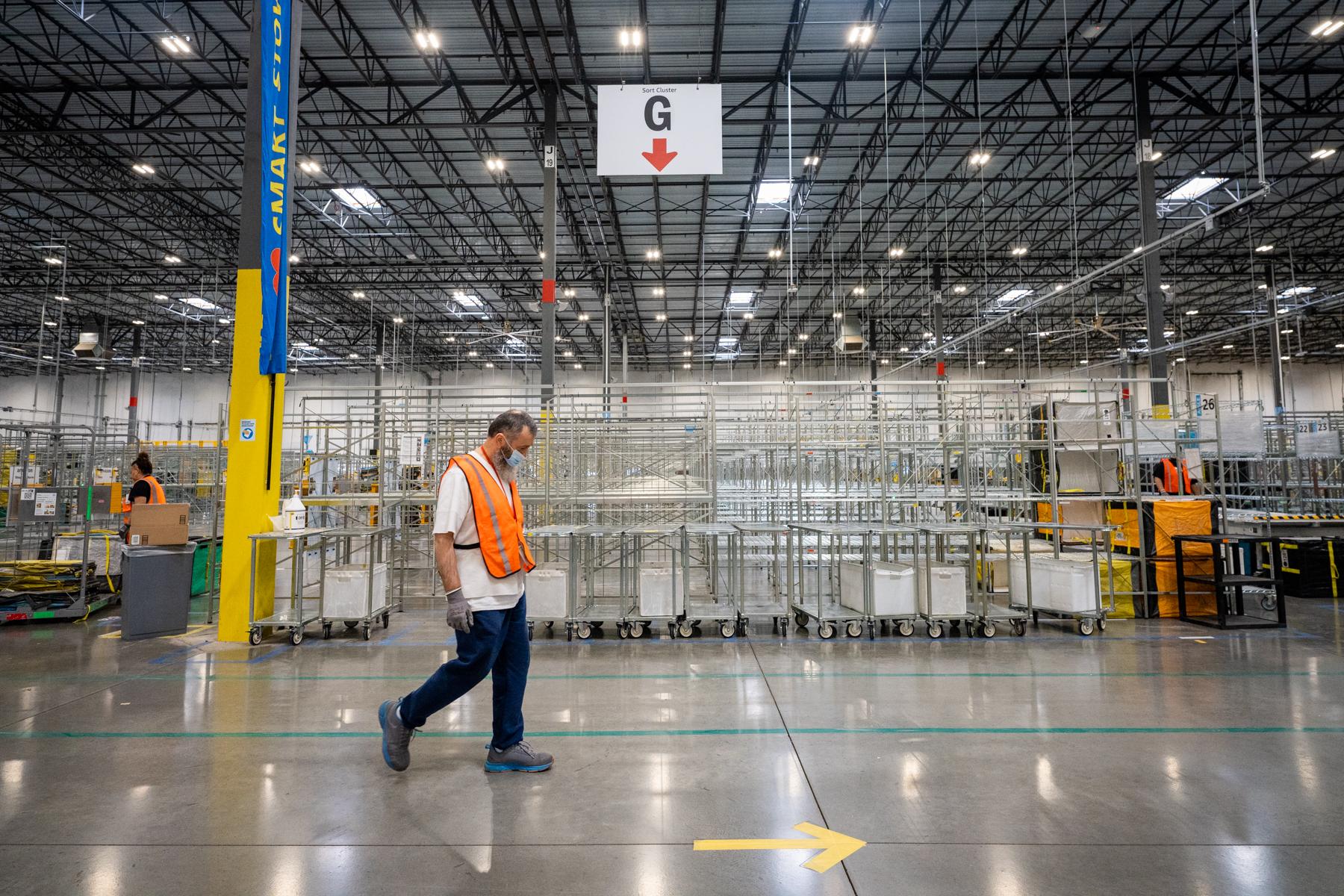
Colorado picked up 4,700 nonfarm jobs in June, marking three consecutive months of employment gains after a couple of lackluster months earlier this year.
The private sector added 3,300 jobs, while the government grew by 1,400 jobs, according to the most recent data from the Colorado Department of Labor and Employment. The unemployment rate, which is sourced from a different pool of data than the payroll reports, stands at 2.8 percent. It’s been largely static for the past year.
Despite persistent talk of a looming recession, it doesn’t look like it’s happening yet judging by employment data. The job market in both Colorado and the U.S. has so far defied the drag higher interest rates have on the economy. In fact, Colorado’s job picture looks to be improving compared to a year ago, according to state economist Ryan Gedney.
“What we're seeing from the labor force perspective is a lot of consistency with the unemployment rate,” Gedney said during a conference call with reporters Friday. “The number of persons employed and the labor force totals have increased in every month in 2023. I think that's positive to what we were seeing maybe in the second half of 2022.”
Still, the job market hasn’t emerged completely unscathed from the Federal Reserve’s campaign to stamp out inflation by raising interest rates. Some sectors are faring far better than others. For instance, accommodation and food service accounts for most of the growth in Colorado’s private sector during the past 12 months, adding 25,100 jobs. The finance and insurance sectors, both highly sensitive to changes in interest rates, lost 8,200 jobs during the same timeframe.
“The high interest rate environment impacts banks, mortgages, housing markets. I do anticipate [those sectors] to probably look depressed for the remainder of this year and maybe into next year,” Gedney said. “That's certainly the hardest-hit industry that we've seen in the state. I think too, in the nation those trends hold.”
Colorado is lagging the U.S. when it comes to overall job growth. In June, nonfarm payrolls rose by 2.5 percent in the U.S., compared to 1.5 percent in Colorado. That trend has persisted, and become more pronounced, for the past year.
Gedney says part of the lag may be explained by some problems with the state’s dataset — leading to jobs being undercounted. Those issues should be resolved in the coming months, he said.“That said, our office is certainly gonna do a little more digging … to look at what industries are dragging down some of that job growth,” Gedney said.








